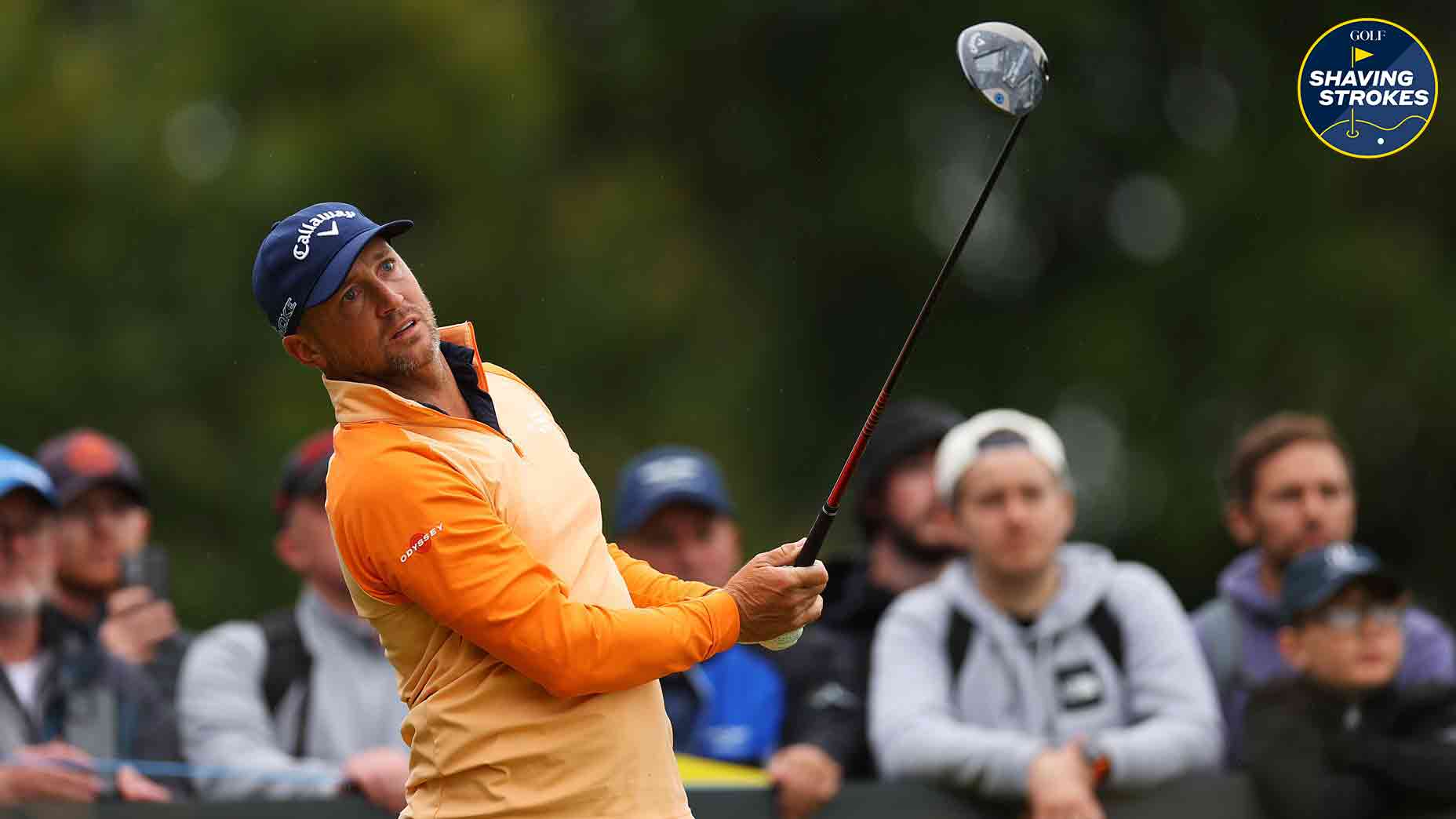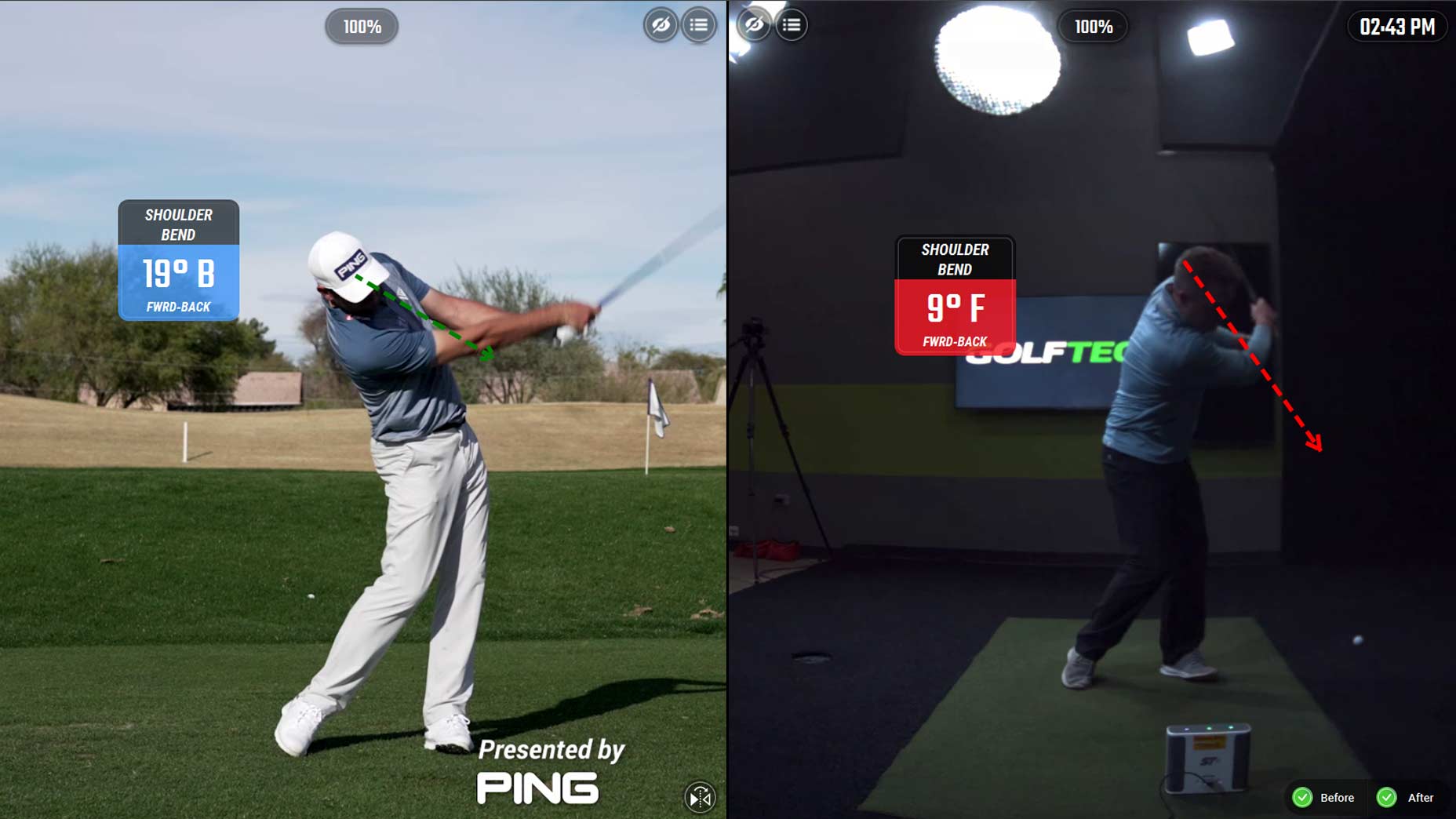Alex Noren has always been one of my favorite golfers. Sure, he has yet to put it all together and earn his first-ever PGA Tour victory, but with 10 wins on the European Tour, it’s clear that Noren has the game to compete with the top players in the world.
One of the things I like most about Noren’s game is that he does everything pretty well. He’s not going to impress you with massive tee shots, or wow you with his ball-striking ability, but he has all the pieces to compete each week because he’s consistent across the board.
Why Alex Noren’s trusted swing thought can help golfers who hit big hooksBy: Luke Kerr-Dineen
If Noren’s game has a true strength, it’s hitting fairways. His driver helped him rank 45th in strokes gained: driver accuracy this season.
What’s his secret? In the video below (courtesy of Callaway Golf’s YouTube channel), Noren shares a few tips that can lead to further shots that find more fairways. Check it out to see how his advice can help improve your game.
Try Alex Noren’s tips to improve your drives
In the video, Noren talks about a few different shot types with his driver.
“I’m going to go through my stock shot, then how I have to hit other curves on my ball — like a cut,” Noren says. “But on some holes, you need to hit it lower or higher to get over trees and under wind.”
Noren’s stock shot
Noren says he tends to hit a little cut with his stock driver shot, so he emphasizes hand positioning to maintain clubface control.
“I want to see a mid-height draw, so all I’m trying to do is be very passive through the hitting, and try not to get the hands to flip over,” Noren says. “You’ve got to be on top of the ball and [use] sort of a slow overtaking of the clubhead.”
Next, Noren describes his setup on a stock driver shot.
“The ball should be quite far up and I try to hit it low from here, so I envision something like a tree on the right to try and curve around, and then I just have a smack at it,” he adds. “If you hit it either too high or low on the face, you lose a lot of ball speed.”
Low-flighted tee shot
This is a classic tee shot on either a windy course or a links-style layout. So Noren explains what it takes to execute the lower-flighted driver shot.
“What I try to do to not vary the swing plane so much is just to feel like I’m going to try to hit it lower from the downswing,” Noren explains. “So same ball position — most coaches say off the lead heel — but if you struggle with turning, have the ball even further up [in your stance]. You’ll get higher launch and higher speed, and the ball will fly farther.”
If you have the ball too far back, Noren says it could lead to mishits.
“It’s also easier to get it on the plane [when the ball position is forward],” he says. “If it’s too far back, you’re probably going to be inside and scoop it. So tee it up in the stance more, and swing even more on top of the ball [making sure you avoid swaying in the backswing].”
High-flighted tee shot
When you’re trying to maximize your driver for ultimate ball speed and distance, a higher-flighted tee shot is the way to go. So Noren explains what he does when trying to really let one fly.
“I kind of use the same ball position [with it off my lead heel], so what I try to do is just tilt my shoulders,” he explains. “So my right hand goes more under [the grip] and my [trail] shoulder goes lower. From here, I just try to put on the same swing.”
5 simple tips for bombing a driver down the fairway with easeBy: Zephyr Melton
Noren reminds players to use the same swing regardless of the desired ball flight, which will help make center-face contact.
“It’s going to feel different, with the backswing leaning [more back] because of the shoulder tilt, which will lead to more of an upwards hit,” Noren adds. “Once you set yourself for a high shot, you don’t have to add height during the swing. Try to feel like you hit a low shot with a high ball, which will give you the best of both worlds — by getting the attack and the height, but still get the lean of the shaft to create less spin and more ball speed.”
So when you’re trying to be more versatile with your tee shots, start by practicing Noren’s shots above. Not only will you improve your odds of hitting more fairways, but by using the appropriate ball flight, you’ll be able to conquer different layouts or conditions that might otherwise prove tricky.












